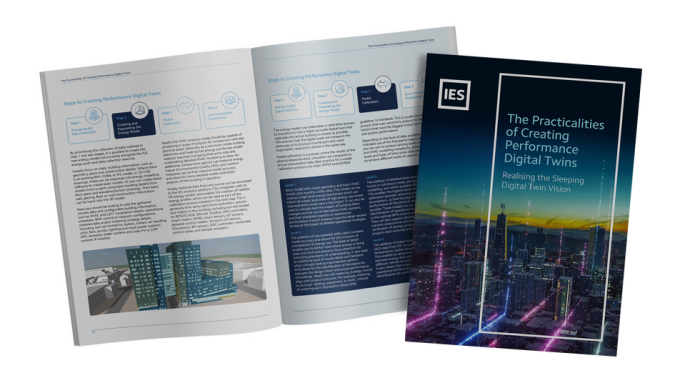The attached guide was put together from discussions and knowledge share through the Infrastructure Asset Data Dictionary for the UK (IADD4UK) group between 2013 and 2018. Updated where appropriate to include the most recent standards and some additional thought leadership.
The IADD4UK initiative was formed of the foremost owners, major projects, delivery partners and interested parties under the chairmanship of the COMIT innovations group. A list of participants can be found at the rear of this guide.
Early in our BIM journey it was recognised that data and its slightly more refined form, information would be the key. We had standards as how to classify it, manage it, secure it, procure it, exchange it, but nothing about what “it” actually was.
It was also understood that this required information would have an impact on everything we do with our assets, across the entirety of its lifecycle. That impact had a relationship with the outcomes delivered to their respective clients, whether that was an end user, consumer, member of the public, a shareholder or the country itself. The delivery of the outcomes ensured that there was a value in the information, without which their upkeep would not be possible.
The IADD4UK group was put together with an agreement to research and document the best way to create information requirements, not to write them, but it was agreed that if organisations could come together when writing them, the costs and risk could be shared and the benefits doubled.
The reason for increased benefits, were that when assets were transferred from one owner to another, or between delivery partners they would be described in the same way, negating the risks of translation and converting information from one system to another. Key assets in infrastructure are basically the same, whether they are owned by a transport, communications, energy or water company. They will have the same questions, tasks and decisions during their lifecycle. The answers will be different, but the basic information requirement will be largely the same. This commonality across owners could help reduce the procurement costs and the risks of generating, managing and exchanging each information set with the side effect of reducing interoperability issues between software packages.
In 2017 the IADD4UK organisation was put on hold for various reasons, chiefly lack of funding to both create and curate a common information requirements dictionary. This meant that the participants in the initiative dispersed to create their own data dictionaries utilising some of the methods and processes shared with you in this guide.
Writing information requriements by IADD4UK.pdf



Leave a comment